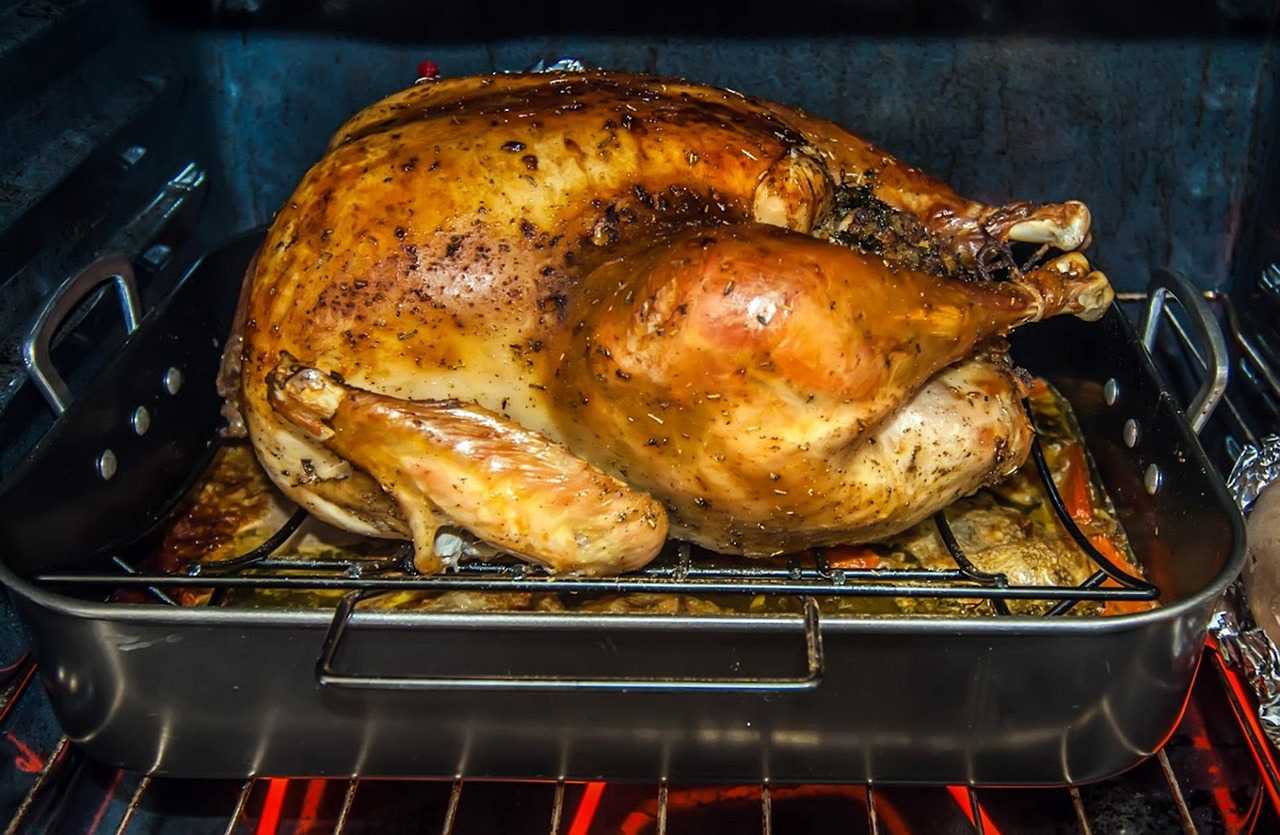
By Joe Lombardi From Daily Voice
Thanksgiving hosts may feel an extra pinch at the checkout line this year, even before they add the pies and side dishes.
As Thanksgiving arrives on Thursday, Nov. 27, new analysis from Purdue University’s College of Agriculture shows wholesale turkey prices have surged about 75 percent since October 2024, reaching $1.71 per pound in October 2025.
Forecasts suggest the average retail price could climb to about $2.05 per pound by November, roughly 25 percent higher than a year ago, putting a typical 15-pound bird near $31.
The main driver is a stubborn wave of bird flu, formally known as highly pathogenic avian influenza.
Since early 2022, more than 18.9 million turkeys have been lost nationwide as farmers cull infected flocks to keep the virus from spreading. Over the past 30 days alone, US Department of Agriculture (USDA) data show more than 30 commercial flocks and 30 backyard flocks hit, wiping out another 1.65 million birds.
Those losses come on top of an industry that normally processes about 218 million turkeys a year in the United States. The industry also supports a broader poultry sector that includes more than 378.5 million egg-laying chickens and 9.4 billion broiler chickens.
Even small percentage cuts in production can tighten supplies and keep prices elevated.
The virus tends to spike in the fall and spring, when migrating wild birds can spread it into commercial and backyard operations.
Once it shows up in a barn, producers often have to depopulate entire flocks, a costly step that ripples through the supply chain and into retail prices.
Still, shoppers are not expected to see empty freezer cases. Analysts say careful planning and frozen inventory built up earlier in the year should keep most stores stocked, though certain sizes or brands may be harder to find or less likely to be heavily discounted.
Price tags will also vary widely by store. Some major retailers are using turkeys as loss leaders, advertising birds well below the predicted average to lure budget-conscious shoppers who will fill the rest of their carts with higher-margin items.
Consumers willing to compare prices, shop early, or consider frozen instead of fresh may still be able to keep the centerpiece within budget.
Looking beyond this season, experts say the industry’s biggest challenge is turning bird flu from a rolling crisis into a manageable risk. That means better biosecurity on farms, stronger tracking of outbreaks, and continued research on vaccines so Thanksgiving tables are less exposed to the next wave of disease-driven price shocks.

 Daily Voice
Daily Voice

 Reno Gazette-Journal
Reno Gazette-Journal LEX 18 News
LEX 18 News WFVX WVII News
WFVX WVII News KSLA News
KSLA News ABC30 Fresno Sports
ABC30 Fresno Sports The Daily Beast
The Daily Beast Tribune Chronicle
Tribune Chronicle YourTango Horoscope
YourTango Horoscope America News
America News